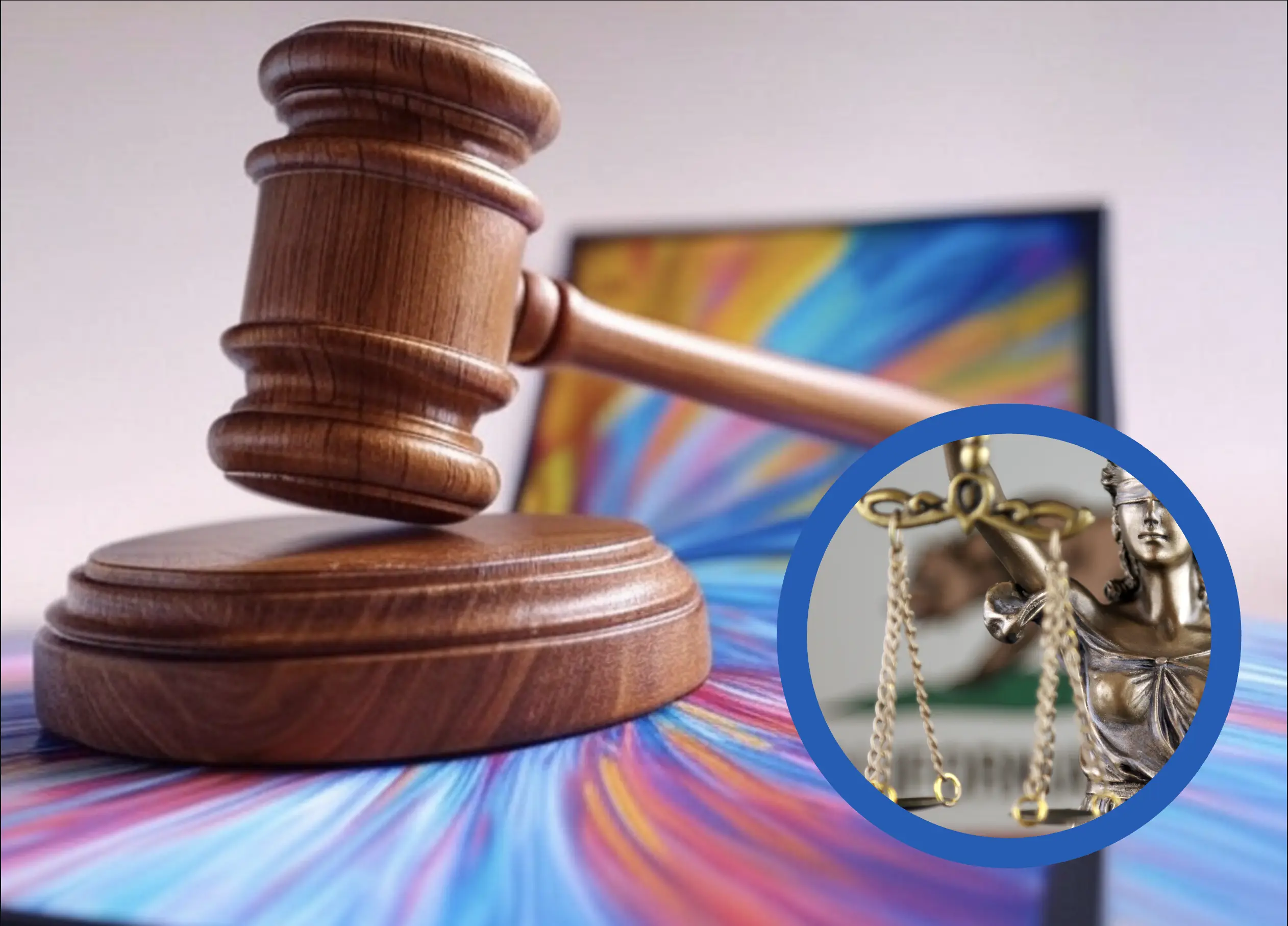On March 18, 2025, a US appeals court ruled that creations lacking human authorship—generated solely by intelligent systems—are not eligible for copyright protection.
Reuters reports that the landmark decision affirms the necessity of human involvement for copyright eligibility. This case involved artwork generated by neural networks, with the plaintiff arguing for copyright recognition. The court maintained that US copyright law requires a human creator. Read the full article here.
The decision marks a pivotal clarification in intellectual property law, directly impacting automated content creation.
- The ruling applies to all computationally generated content without human authorship.
- Human creativity remains central to copyright eligibility.
- Legal frameworks are tightening around ownership in the digital art space.
- This decision may influence global policies on machine-generated works.
- Companies using generative technologies must reexamine their IP strategies.
This case is a defining moment for IP strategy in the evolving technology sector. As organizations deploy neural networks for content creation, they must weigh the legal limitations of owning machine-generated outputs. Forward-thinking companies will need hybrid approaches that combine human oversight with automated tools to secure intellectual property rights.
Key Takeaway
Intellectual property protection in the age of generative systems is complex. Is your IP strategy ready for this new era?










